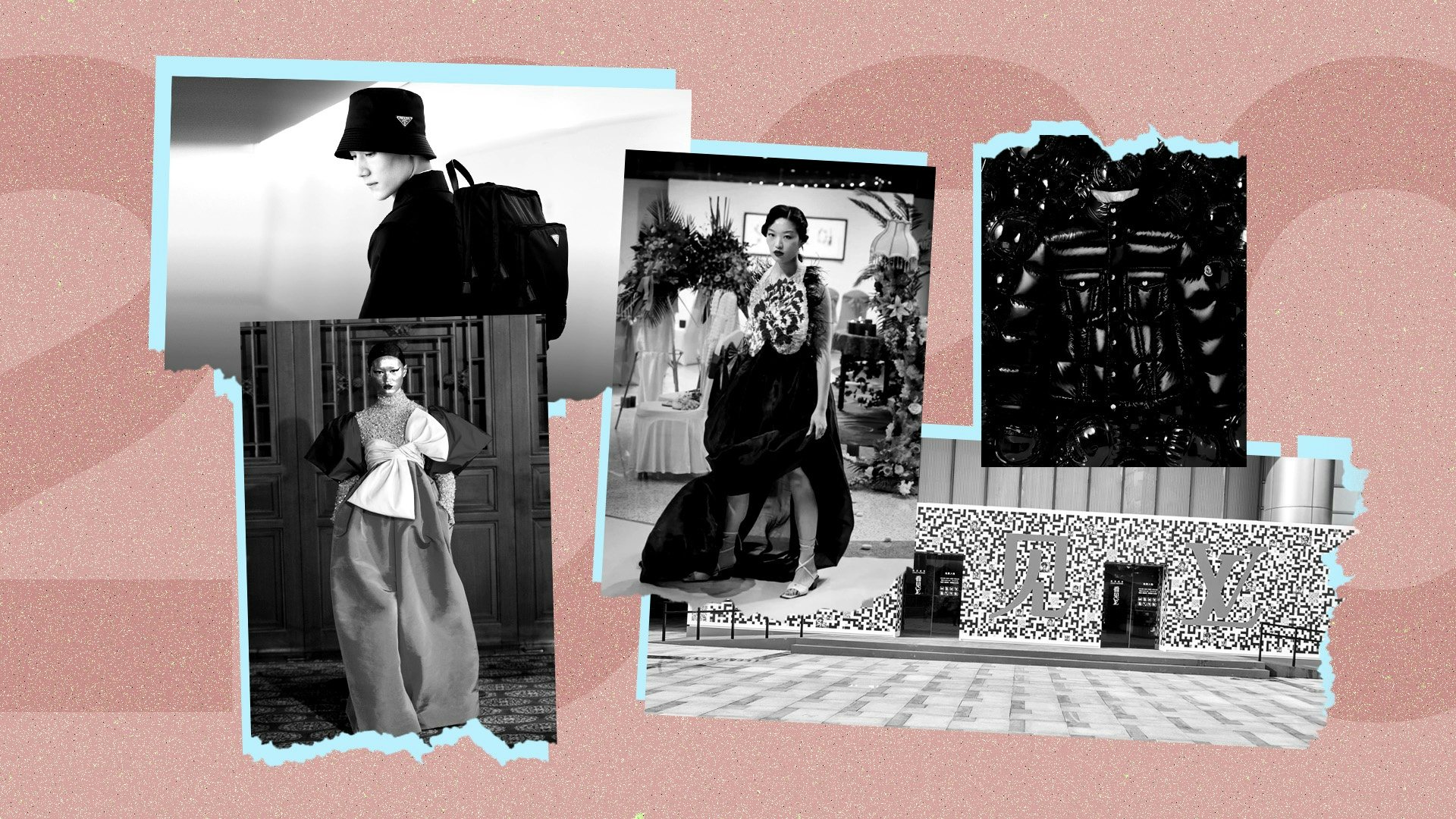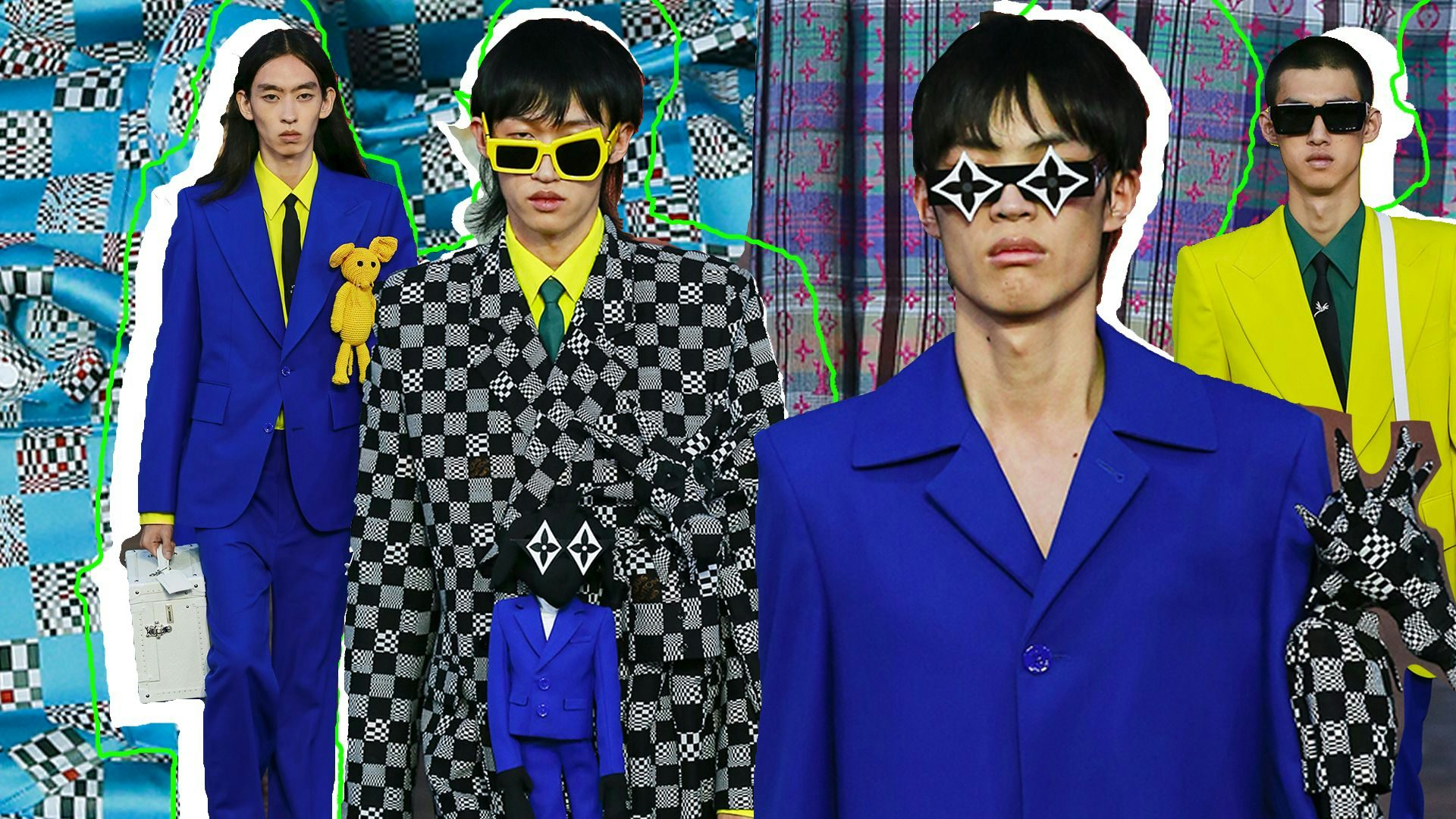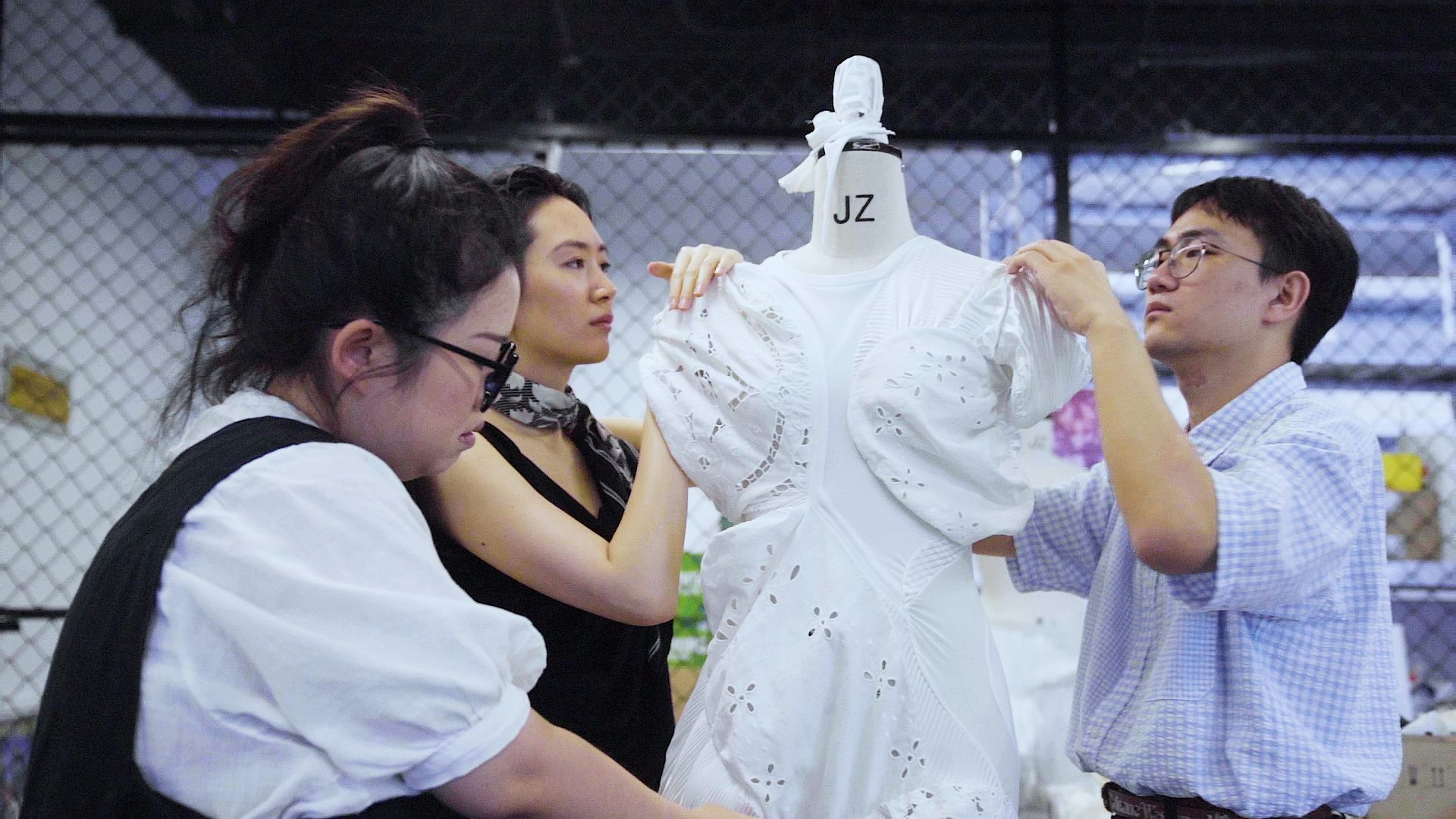Key Takeaways:#
By mid-to-late 2021, we will see a cooped-up world empowered by the hope of vaccinations, increased household savings, and rapid economic growth looking to explore the richness of the world again, and China’s first-tier cities will celebrate the most.
With Bain predicting that Gen Zers may account for more than 55 percent of the total transaction volume of luxury goods in China by 2025, luxury’s focus on that generation will grow even stronger.
Lower-tier cities are where the most growth will be, as fashion retail consumption in third-tier to sixth-tier cities nearly doubled that of first and second-tier cities this year, and 1,000 new shopping malls are scheduled to be built in lower-tier cities by 2025.
After a year of COVID-19, 2021 is shaping up to be one of the most transformative years the fashion industry has seen, likely recalibrating how CEOs and luxury brands approach their China business.
Whether it’s revenge spending, product distribution, physical expansion, or digitization, the Mainland’s luxury consumers are now more integral to luxury than ever before. With that in mind, here are Jing Daily’s predictions for the 2021 Chinese luxury market.
2021: The Roaring Twenties redux#
Beyond the bit of “revenge spending” that shopping-starved Chinese consumers did once quarantine was lifted in China last spring, mid-to-late 2021 will see a cooped-up world empowered by the hope of vaccinations, increased household savings, and rapid economic growth looking to explore the richness of the world again. And luxury brands will exploit this global desire with a new style of glamour reminiscent of how fashion became more risqué at the start of the Roaring Twenties. The epicenter of this explosion will be most felt in China’s first-tier cities. And as millions of Chinese millennial and Gen-Z luxury consumers adapt to this new reality, they'll be ready to flaunt possessions and clothes as they embrace a new world order and an endless hunt for pleasure and fun.
The Mamp;A landscape will be more varied#
Even 2020’s devastating outbreak of COVID-19 failed to hinder the buying and selling of fashion lines, even though many brands and retail chains folded. China’s companies, entities, and personalities haven’t stopped buying luxury brands in recent years. However, given China’s ability to keep the virus at bay and recover swiftly, domestic companies will be better placed to acquire companies in 2021. The profile of those companies buying brands might change, and offers will come from less likely sources. Even KOLs and livestreamers will begin acquiring fashion brands and companies, given their unique access and control over distribution channels. And finally, more international companies will look at Chinese talent, data, and tech, when considering new purchases.
Local luxury shoppers will further embrace sustainability#
From consumers to corporations, luxury industry players across the value chain will attach greater importance to sustainability. October’s Shanghai Fashion Week highlighted this trend via sustainable designs and the Green Carpet Fashion Awards, as well as sustainability-themed forums and reports. Furthermore, brands such as Prada and Gucci have taken social responsibility of communicating this discourse to their customers, respectively introducing the Re-Nylon collection and new sustainable packaging in a shade of green — both resonating greatly with local consumers.
Luxury brands will increasingly tap into Gen-Z platforms#
Offline luxury stores around the world have been affected to varying degrees by the pandemic this year. But the virus has also pushed stores to accelerate their moves online in China. Bain has predicted that Gen Zers may account for more than 55 percent of the total transaction volume of luxury goods in China by 2025. This year, brands like Dior and Louis Vuitton entered China’s social arena, on platforms ranging from the short-video website Douyin to video-sharing company Bilibili. Businesses around the world have recognized the importance of social media marketing, and they will continue to tap China’s unique internet culture, which still offers largely untapped potential.
More luxury brands will look beyond tier-one cities#
As the cost of entry into first-tier markets like Beijing and Shanghai skyrockets, more luxury brands will target their less-saturated, lower-tier counterparts. While this comes with its own set of challenges, the growth potential is vast. For one, this consumer base has begun to demonstrate strong purchasing power; an Alimama report from August states that fashion retail consumption in third-tier to sixth-tier cities was almost double that of first and second-tier cities. Additionally, the 1,000 new shopping malls expected to be built in lower-tier cities by 2025 will drive even more physical retail. In fact, we’ve already seen luxury brands tap into non-first-tier cities, such as when Louis Vuitton launched the first leg of their traveling exhibition in Wuhan.
Domestic travel retail will continue to grow#
The decline in international travel has hit duty-free retail hard this year. Chinese tourists who traditionally rush to duty-free outlets in South Korea or Europe for holiday shopping are being lured to southern China's island province of Hainan this year, as the coronavirus is still ravaging most of the world. Sales in four offshore duty-free shops in Hainan province exceeded 30 billion yuan (US4.6 billion) in 2020, according to the Hainan provincial department of commerce. This trend will continue in 2021, with more powerful online and offline Chinese retailers hoping to enter the offshore duty-free market. Moreover, with multiple domestic market players lining up for duty-free license applications, the burgeoning domestic duty-free sector's interest should continue to heat up in 2021.
China will see more marketing activities than the rest of the world#
In 2021, China is expected to see increased marketing activities from luxury brands — from exhibitions and pop-ups to runway shows. Although COVID-19 vaccine trials have shown encouraging results in different parts of the world, uncertainties remain when it comes to event planning and navigating the global recovery timeline. The end of 2020 has already seen a glimpse of increased marketing budgets in China. For example, Valentino’s first stop on the brand’s “Re-Signify” tour landed in Shanghai on December 18, while Moncler announced it is going to host its Moncler Genius 2021 Awards in China.


